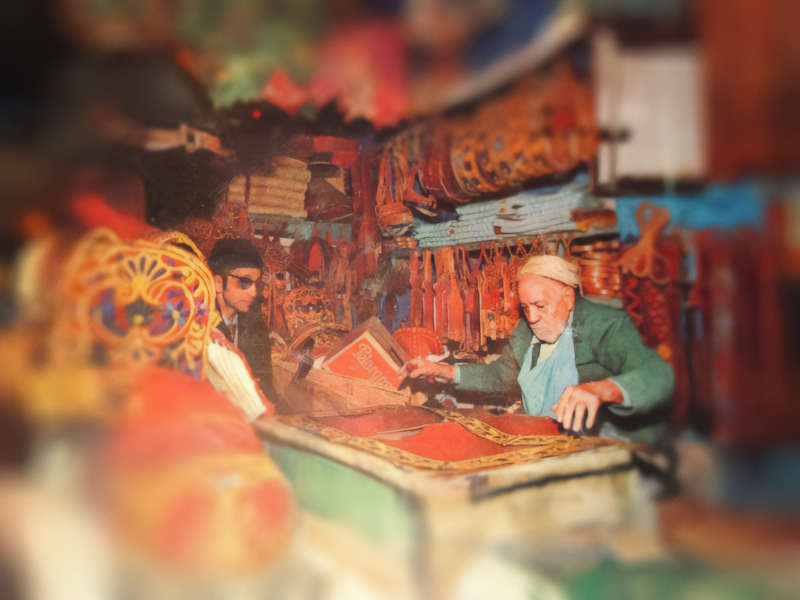The craft of saddlemakers: A living memory of Tunisian history
Issue 65

Salih Falhi . Tunisia
Paired with Tunisia's illustrious equestrian past and culture, the art of saddlemaking evokes a strong sense of nostalgia for a bygone age.
Similar to other renowned industries like perfumery, weaving and silk, saddlemaking is usually carried out by wealthy families in Tunis and other towns and is considered a noble career.
During the 19th century, when more than %80 of the people living in the province of Tunis were rural residents, this craft was at its pinnacle. The domestic demand for Tunisian saddles – both plain and ornate varieties adorned with precious metals and fabrics like silk, gold and silver – was substantial. They were highly sought after by the Bey's court officials and urban aristocracy.
The saddle a person used once indicated their social status. However, horseback riding began to decline slowly in the early 20th century as a result of the development of contemporary transportation options, road networks and trains. These factors, together with the social and economic changes brought about by colonial policies in Tunisia that sought to lower the standard of living of both urban and rural residents, contributed to a surge in migration, especially in the decades following WWII. Thus, as a result of changes in lifestyle, this led to a decline in the domestic market.
Under these new conditions, craftsmen had to cut corners by using cheaper industrial resources to lower production costs. The result was a decline in the aesthetic and functional value of Tunisian saddles.
The skill of saddlemaking declined slowly but steadily as the worsening circumstances made craftspeople's already difficult jobs much more so. The enthusiasm of subsequent generations for this age-old skill waned gradually.
Keeping this art form alive in the annals of time is crucial, considering the role it played in forging Tunisian identity. The continual and thorough result of diverse cultural specificities, saddlemaking continues to be an important cultural legacy that must be recognised and protected, despite its diminishing role.







































































